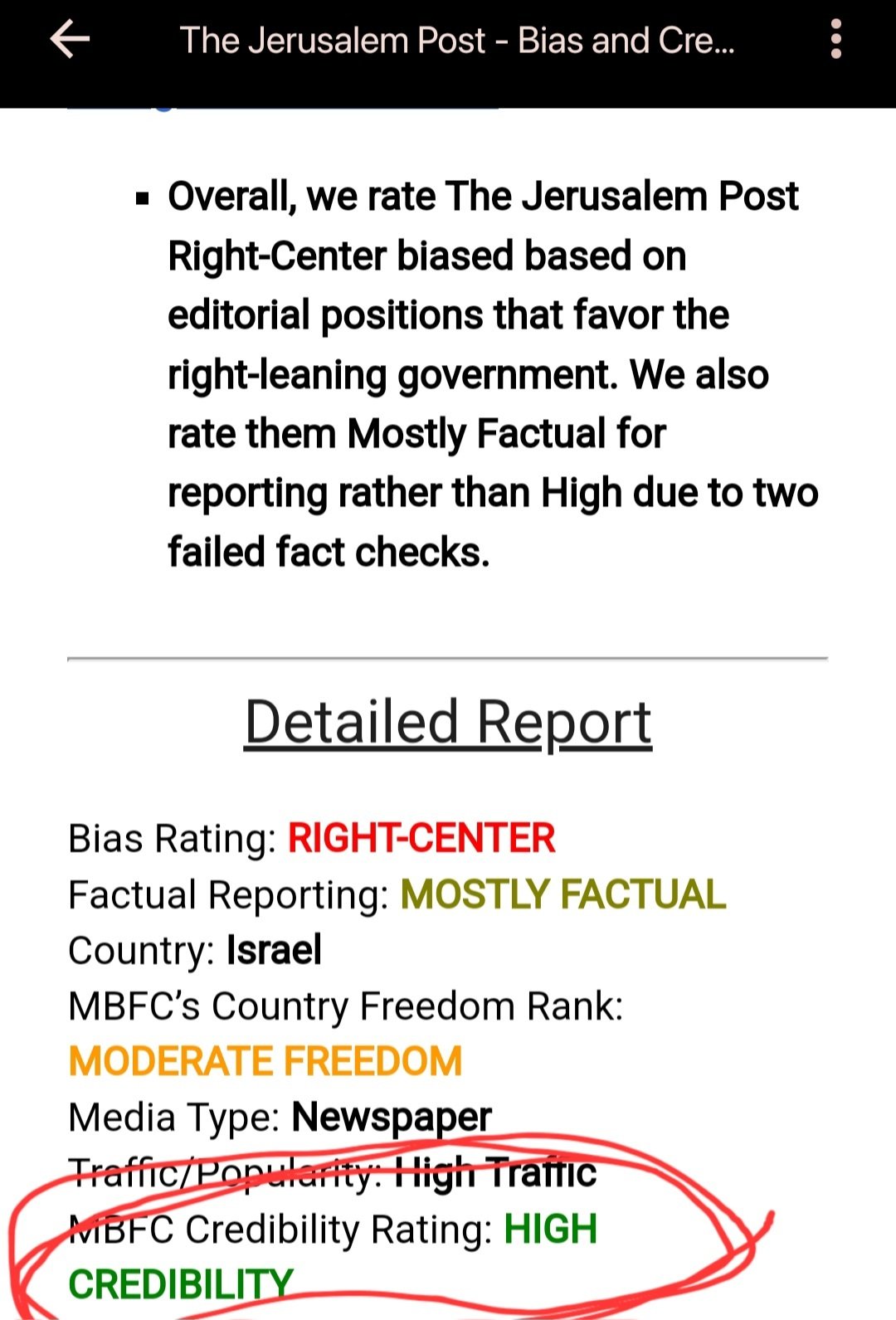

All depends on where you’re starting from. If I can map an engine to be worse on both, then a mapping exists that is better on both.


All depends on where you’re starting from. If I can map an engine to be worse on both, then a mapping exists that is better on both.


As a non-US person, it blows my fucking mind how frequently y’all haul out a goddamn Ouija board to channel the founding fathers on any issue. What would George Washington think about ChatGPT? Uh probably that it comes out of a box possessed by the a demon and then he’d ask if you owned a comfort girl he could borrow for the night? What a valuable exercise. Much wow.
Spaceman pointing a gun at other Spaceman “wait it’s all a cult?”


How can you be so sure aliens aren’t already among us?!


“Address Unknown”, a twilight zone/detective noir tv show within the universe of Max Payne.


If you can see it, you’ve already downloaded it. You’re just chosing to retain it.


Saw it done on someone once. If you’re in bad enough shape that you’re getting it, you are for sure not going to remember it. Which is good because it’s fucking violent


I agree with you.
I’d be curious if a purely random choice of beat would actually be easier than if there was a skewed bias.


Why are your knuckles on your ass


Same way as every single other Russian transition of power in modern history:
Reveal that the previous leader betrayed the Russian people, and you’re here to set things right. EVERY transition.


From your link:


And could you explain how, for the court, how can you be correct, when I explicitly made you Principal Skinner?
Jury gasps
People who are using it to solve problems which require equivalent effort of writing a sufficient prompt and just directly solving it without AI at all for sure are AI folk.


I wtf’d that you could do 100W w/ USB… Then I can see that new specs are to allow 240W.
I agree it’s not a blockchain, (although it has chain properties) but it is kinda decentralized. By convention projects almost exclusively have a single remote, and by convention that single remote is treated as an ultimate source-of-truth… But you can absolutely have the same repo with multiple remotes defined, and one could establish different schemes to determine which branches on which remotes represent what in terms of “truth”.


Here, take this cigarette!
You don’t want a department that you throw it over the fence to, you want them embedded on your team. Keep those feedback loops TIGHT bois
Metric and imperial don’t change the way carpenters work because in the case you mentioned of a sub-mm dimension, that’s in the 64th of an inch range. Carpenters don’t ever measure to that precision because of the fluidity of the material. Craftsman will at that point just cut to fit.
My point with those hard numbers wasn’t that metric would make those numbers easier, only that your examples were intrinsically favouring imperial measures. Maybe it’s easier to say:
What’s easier to figure out, 1/3 of 3cm or 1/3 of 1 93/512 inches? You can easily construct scenarios for a measure that are easy in one and obscene in the equivalent. It’s less about the notation and more about the measure. If you assume all of the initial measures are round in imperial units, then the math will automatically be easier. If your designs were designed in metric, they’ll be round to metric. If they’re in imperial, they’ll be round in imperial.
And when this degree of precision is actually important, imperial craftsmen (engineers, machinists) already use decimal. A “Mil” is a milli-inch.
Anyhow, again, I agree that for some very specific scenarios dealing with fractions is easier, especially when you’re doing any base 2 operation.
I just think that you would be surprised how infrequently the issues you’re imagining would actually manifest themselves, working with intrinsically metric designs, and that you’re underestimating the number of scenarios where not dealing with fractions actually would make your life easier.
I understand the underlying principle, but I’m not sure if it actually shakes out that way for a few reasons:
If you asked a carpenter to cut something to 1/24", they’d be like “what?”. Sure, the math was easier, but the result is unusable. No measuring instrument has divisions of 24ths. The person making a cut would need it in terms of 8ths, 16ths, etc. Any time saved at the initial stage is lost when they need to convert it again to a useable denominator.
Secondly, what’s 3/32nds of 17/128ths?
The examples you give are harder in decimal form because nobody is going to make metric carpentry designs for things that are to the tenth of a millimeter, so 1.25cm isn’t even real.
I admit, there are a lot of specific scenarios where fractional convention is helpful. I just personally think they don’t outweigh the drawbacks.
And it’s described locally as 2/5 and 3/5, rather than 40 or 60 cm?
If so, I’m shocked, but delighted to have learned something unexpected
Still calling it “The Chat Gippity” though